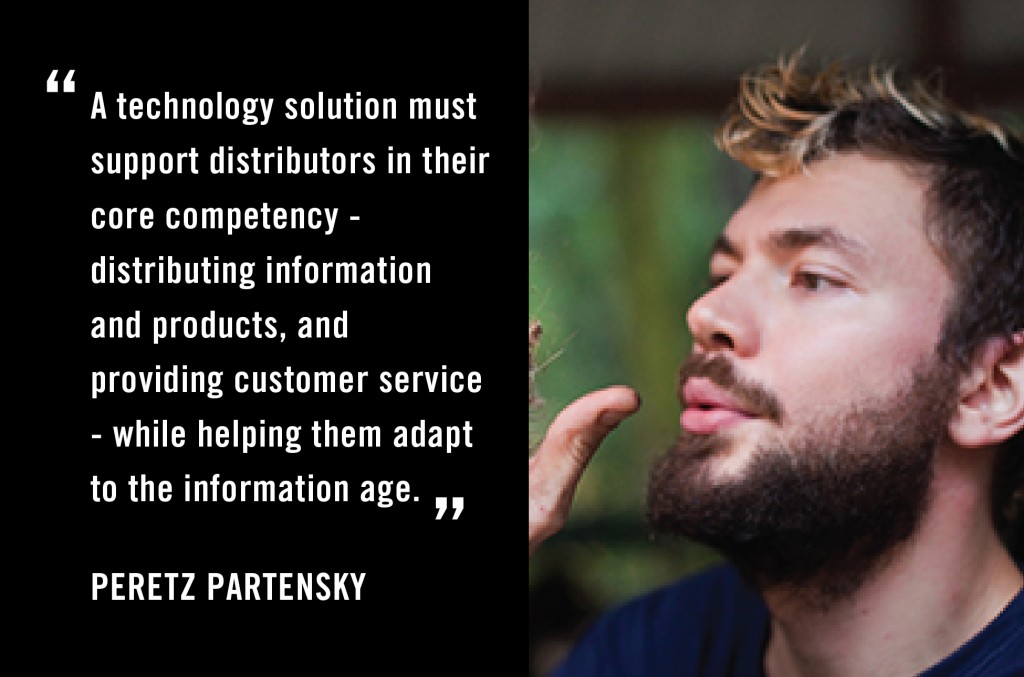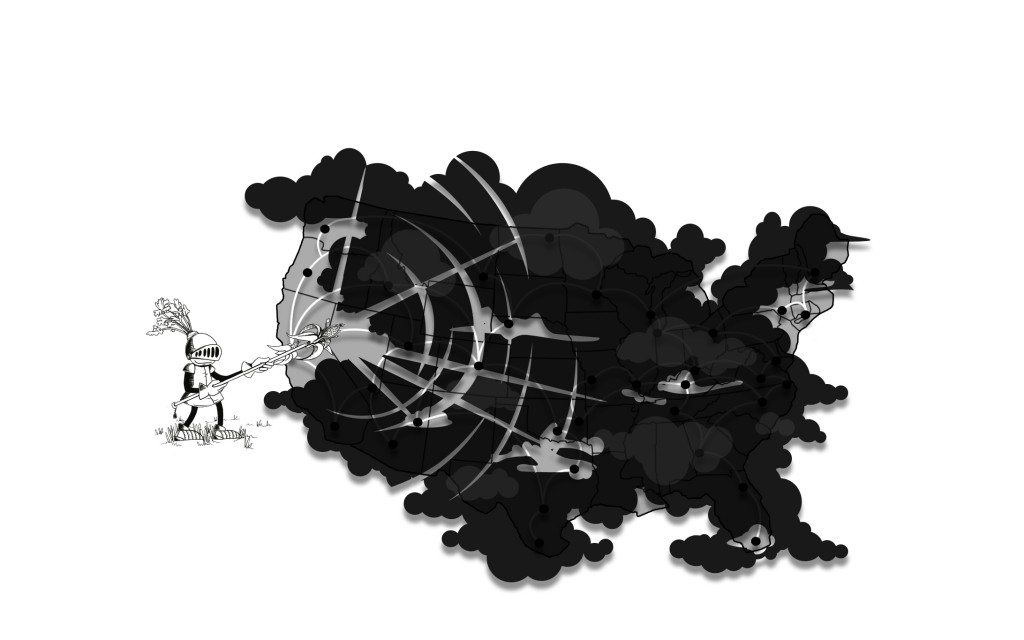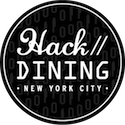Guest post by Peretz Partensky, co-founder of Sourcery. The views expressed here are solely those of the author and do not reflect the views of Food+Tech Connect.
In the future of dining, consumers, restaurants, distributors and producers will all collaborate in food sourcing. Open communication and supply chain transparency will be the norm.
Sound utopian? It’s actually just downright practical! We’re already working towards an economy where supply, demand and consumer feedback flow in all directions.
The biggest challenge we face at the moment is the significant resistance to technology within the food supplier ecosystem. Part of this resistance is due to our current position on the adoption curve. Our challenges aren’t technological, they’re deeply human. Both buyers and sellers are hesitant to transition to an “impersonal” technology and away from a system that has historically thrived on long-term relationships, special deals and information asymmetries.
In the same way that travel agencies were decimated by websites like Kayak, sales representatives working for distributors and brokers representing food brands are understandably afraid of being displaced. As in any sector, there are unfavorable distributors. In general, though, the distributors’ concerns over displacement are short sighted. Unlike airline ticket transactions, the food industry is inherently personal; you couldn’t take away the healthy connections between producers, distributors and chefs if you tried. The human connection isn’t what needs to change.
To succeed in an environment of transparency, suppliers have to evolve their business models. The comparative advantage in this environment is not what you know, but how you use that knowledge to provide value for your partners and consumers.
Make it easy to do the right thing!
Consumers are increasingly hungry for knowledge, and restaurants want to address customer questions honestly and openly. But even with the modern glut of nutrition, certifier and advocacy applications, the information on food – its content, its sources – is either lacking, or distributed among many silos. For restaurant staff, tracking down the myriad suppliers, ingredients, and submitting orders by the cutoff time after a long shift is already a chore. While some valiant kitchens dedicate special care to sourcing, most simply can’t afford the overhead.
Why is sourcing so opaque? Why can’t it just be easy to do the right thing?
Distributors are frequently portrayed as the middlemen at fault. But distributors play an indispensable logistical role, much like UPS or FedEx. They stay up all night so we don’t have to, handling orders into the early hours of the morning, receiving deliveries from farms and sending their own trucks out before dawn. They react to the unexpected curve balls, such as the product shortages due to hail on the farm, a storm at sea or the last minute requests from restaurants.
A technology solution must support distributors in their core competency – distributing information and products, and providing customer service – while helping them adapt to the information age. It must help each entity across the entire supply chain make informed decisions, without taking away the human connections that provide intangible value.
In the future of dining, restaurants will turn to open sourcing, revealing their cook’s books, so to speak! A restaurant’s sourcing will become an indispensable part of their marketing. Producer names on the menu will become the norm rather than the exception. As Danielle Gould wrote almost 3 years ago: “hacking the food system requires creating incentives to move from closed, proprietary approaches to open ones.” In this ecosystem, distributors will be incentivized to share as much information as they can, or risk losing business.
An open record of orders and sources across an entire food service marketplace will create lots of additional benefits. By providing consumers with more visibility up the supply chain, sourcing can also shift smoothly to reflect consumer values. Farmers will have an understanding of demand for products and make informed decisions on what to sow. They will be able to focus on what they do best: growing great products.
Nutrition information can then be available at every level and adaptable for health tracking applications, no matter where you eat. In the future of dining, you’ll be able to reconstruct exactly what carrots you’re made of.
Hacking Dining is online conversation exploring how we might use technology and design to hack a better future for dining. Join the conversation between June 2-30, and share your ideas in the comments, on Twitter
_______________
 Peretz is the Co-Founder of Sourcery. Sourcery’s mission is to create economically and environmentally sustainable food ecosystems by developing products and services that improve communications and commerce between buyers and suppliers. Prior to founding Sourcery, Peretz coached a basketball team in Afghanistan, got a master’s degree in Literature from the University of Cambridge, and a PhD in Biophysics from the University of California, San Francisco.
Peretz is the Co-Founder of Sourcery. Sourcery’s mission is to create economically and environmentally sustainable food ecosystems by developing products and services that improve communications and commerce between buyers and suppliers. Prior to founding Sourcery, Peretz coached a basketball team in Afghanistan, got a master’s degree in Literature from the University of Cambridge, and a PhD in Biophysics from the University of California, San Francisco.





